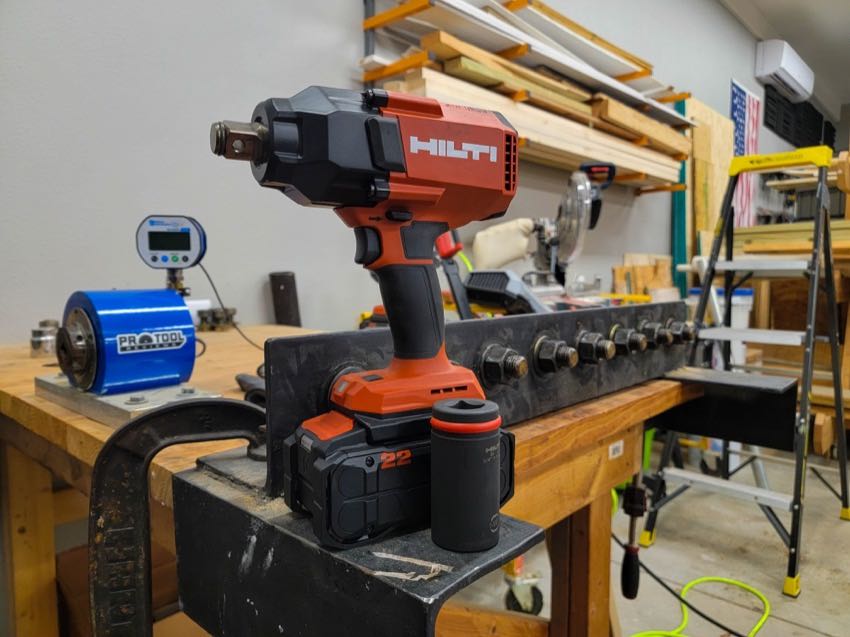
The author discusses how to select the best defensive bullets for mitigating the risk of overpenetration inside structures.
Home defense is one of those areas that’s filled with paradoxes and degrees of misunderstanding. Many times, we’re concerned simply with the end result of stopping a threat, but what’s often disregarded is the behavior of bullets inside a closed structure.
I’ve had the opportunity to perform detailed testing on materials over the years, and through this, I’ve come to a better understanding of just what bullets do when presented to common home construction materials. My opinions here are the result of what I learned—and some of it may surprise you.
Common Myths
Before we get into this topic in detail, I do want to go about dispelling some myths that surround bullets on impact. In general, we aren’t going so far as to talk about what you see in Hollywood, where bullets are largely harmless to main characters and typically just pepper the ground at their feet. What mass media has accomplished isn’t necessarily spreading false information as much as creating a set of perceived capabilities that, in many cases, just don’t exist.
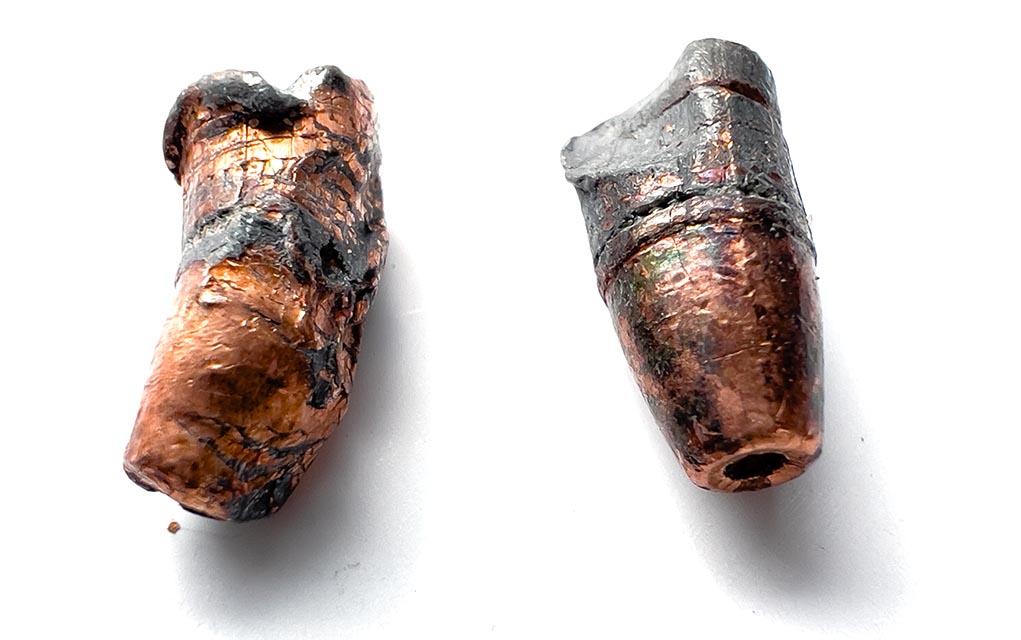
The main myth you should understand is that, due to the magic of movies, common materials are perceived to be much stronger than they actually are. Bullet impact on material is almost always simply for visual effect to show that someone is shooting. The old tropes of simply flipping over the bar table or standing behind a car door works well for cinematic purposes but, in reality, virtually any common cartridge—from .22 LR on up—can pass through a wood surface only an inch or so thick. Likewise, the ability to pass through a car door is common to most bullets at medium distance, so long as it doesn’t strike glass first.
The Hollywood version of things, by overexposure, has convinced the mass populace to see bullets as simply stopping in whatever they strike first, including bodies used as human shields … and all sorts of minor objects like doors and books. While it’s true that there have been freak cases where this sort of thing happens, what you need to understand is that these are exactly that: freak cases. Yes, there are several books that, if lined up in a row, will stop a given projectile, but carrying a notebook in your shirt pocket and expecting it to stop a bullet is nonsense.
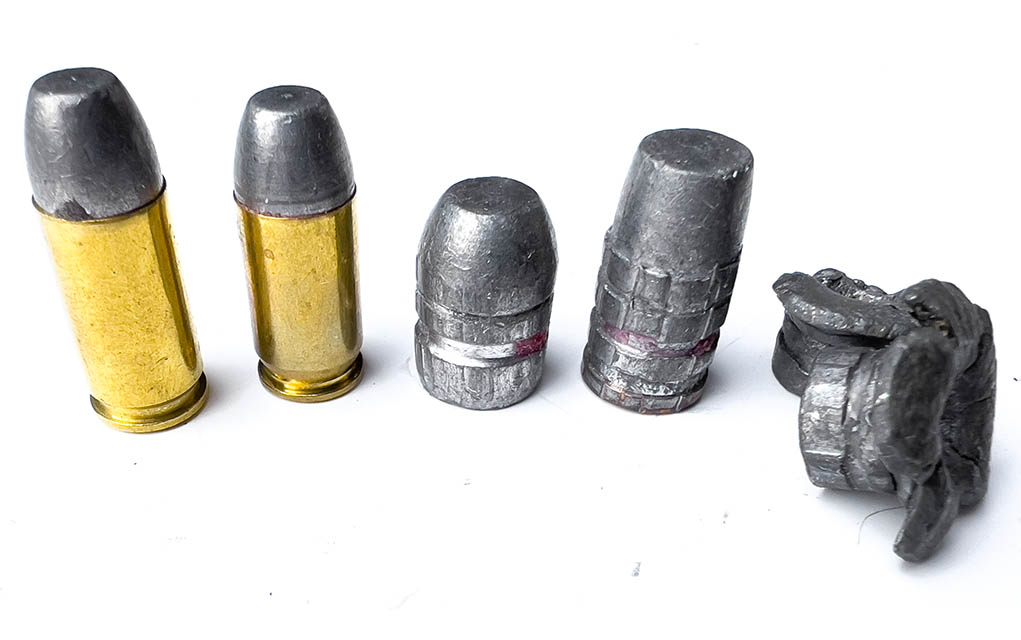

Likewise, bullet design comes heavily into play when the whole “human shield” thing is used. A standard 9mm FMJ round can easily pass through two individuals if bone is avoided, and even then, it still has a high likelihood of making it through the second body as well. In hunting scenarios, I can expect a 270-grain .45-cal Keith bullet from a 5.5-inch revolver to pass completely through a deer at an angle, sometimes meaning more than 24 inches of penetration through all bone and tissue.
In the home, anything you’re typically surrounded by should be treated only as concealment, not cover. That is, unless you have a brick or block interior as is common in many single-level homes from the 1950s era. As detailed below, most modern home materials are ineffective at stopping most bullets—the average wall made of wood framing and drywall is utterly unable to stop a projectile, and even rimfire rounds can defeat a common wall or door with ease.
The notion that you need “armor-piercing” rounds to go through materials is, again, simply a myth. Ceramics and heavy steel are the only real common materials that bullets have a hard time dealing with. Most construction materials are light and only marginally durable, just like most auto bodies are made of much thinner and lighter materials than they used to be a few decades ago.
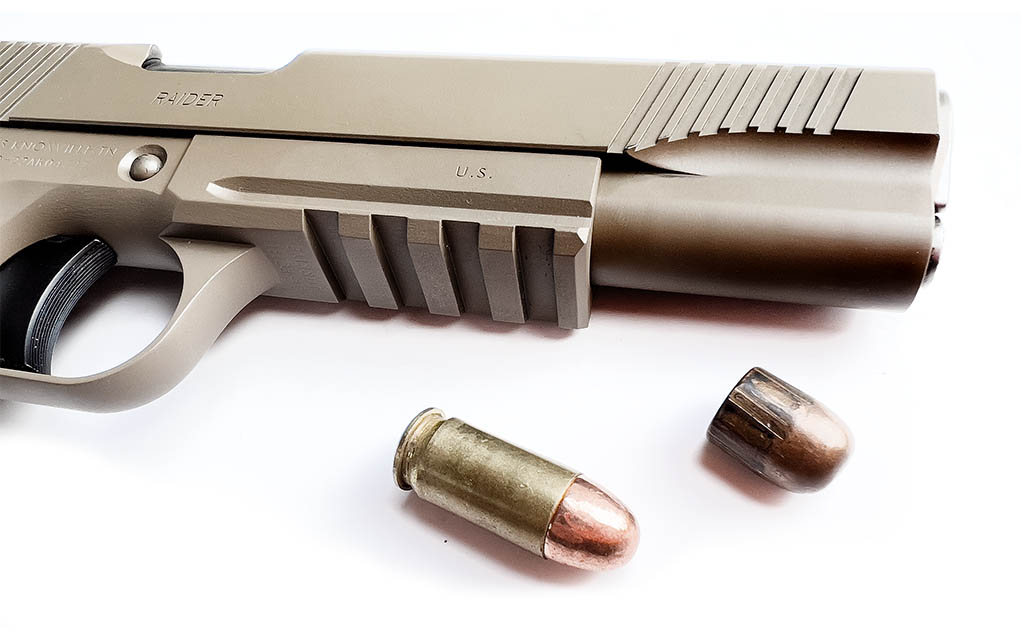

A standard .45 ACP, 230-grain FMJ bullet will easily pass through an interior wall made of standard construction at an impact velocity as low as 500 fps, a speed that it reaches at the extreme distance of 500 yards … yes, you read that correctly. Basic walls are simply just a couple sheets of drywall, maybe some insulation.
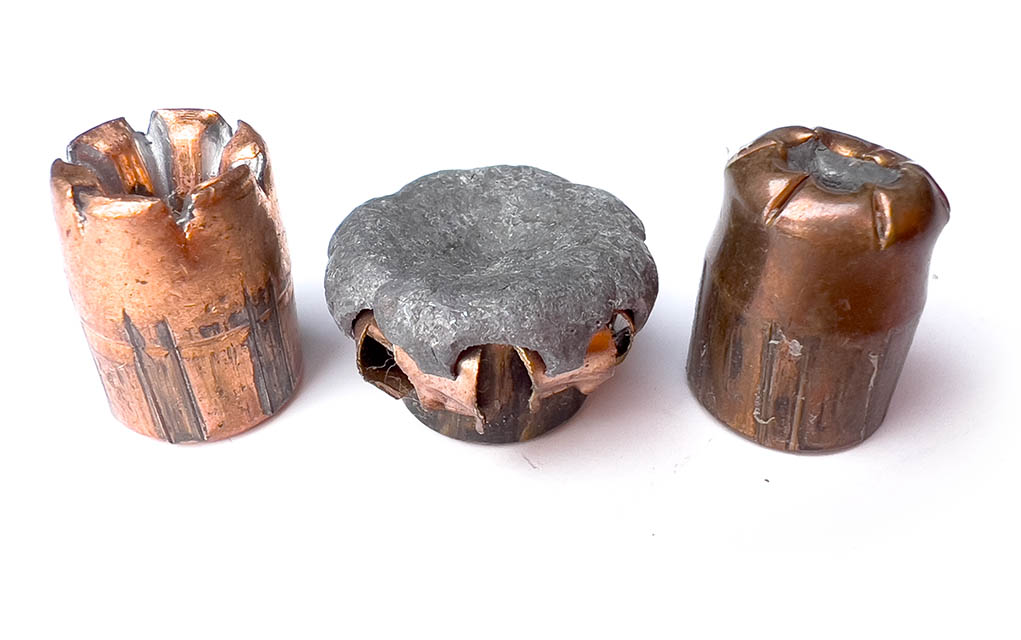

Again, interior walls provide concealment, not cover, and yes, it’s fully possible to fire a shot into a wall and have it enter the adjacent room with enough speed to kill—and it likely would be able to enter another room past that as well—though with less energy. Your home isn’t designed to stop bullets of any kind: You must remember that if loved ones are in other rooms.
Bullets And The Home
The main thing you should be aware of when looking at bullets for home defense is how they behave in your individual setting. I’m not saying you need to make replicas of your walls and floors to test this with, but it helps to at least be aware of what’s around and in your home should you need to defend yourself. Bullets don’t want to stay in the home, flat out. If you fire in the direction of an exterior wall with a normal JHP bullet in a common caliber, there’s a strong chance it’ll exit the home.
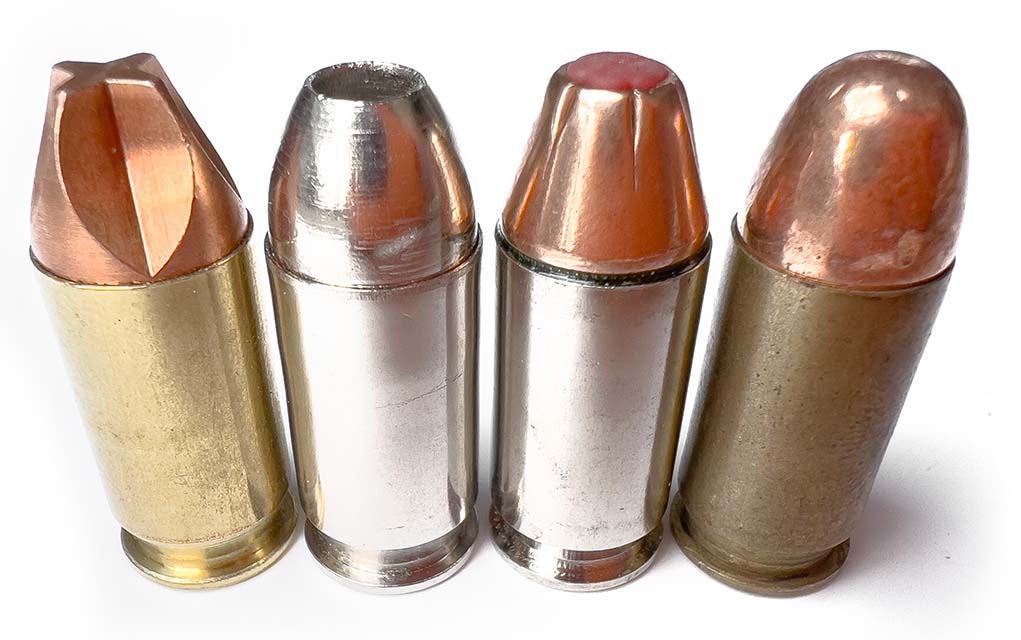

Windows will not catch bullets either, but they can slow them down and deform them enough to where velocity is robbed, but not depleted entirely. The main takeaway here is that you should be looking at the home as porous, but for bullets to be effective they need to be able to cause enough physical harm to an attacker that they’re effective. This is and always has been a paradox, but things are getting very interesting today via new manufacturing techniques and materials.
We live in an era of new bullet materials available on a wide scale. For instance, solid and expanding monometal bullets are starting to become common for self-defense use, and these are typically high-velocity-for-caliber in handguns, many well into supersonic range, such as the Black Hills HoneyBadger line of products. Barnes also makes some excellent bullets that fit these criteria, as well as Lehigh Defense.
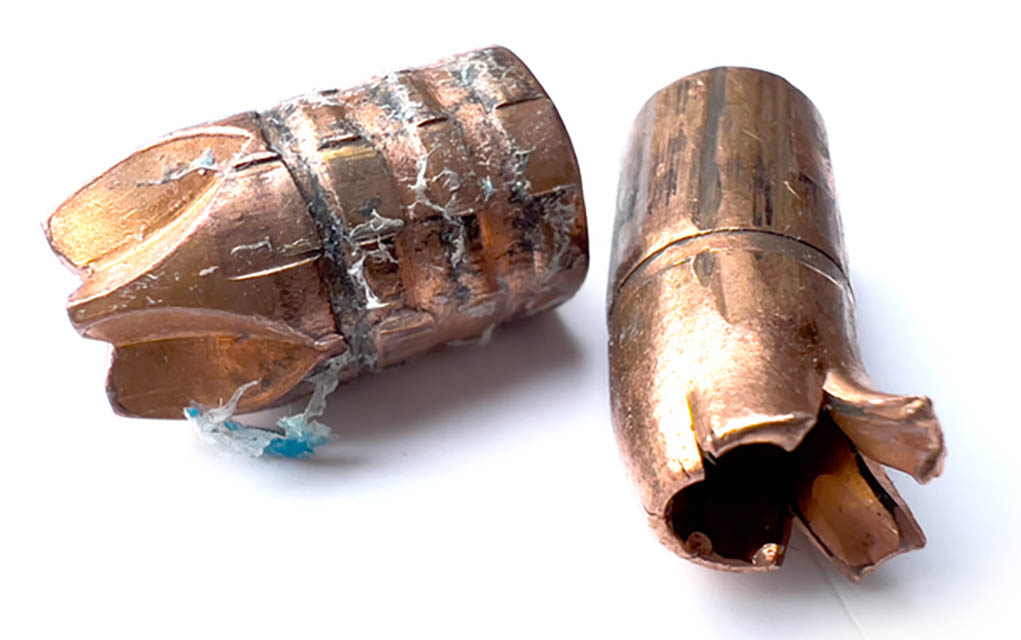

Of note is that most of these bullets, if solid in construction, are designed with tissue displacement in mind: radial flanges act to cause damage by means of rotation, instead of expansion, meaning that they aren’t reliant on a mechanical expansion to deliver lethal energy into tissue. This also means that they are much more barrier-blind, easily able to deliver lethal expansion into tissue after passing through common interior walls. However, these are light bullets for their bore diameters: In .45 ACP, the projectile weight is just 135 grains, and most are base-heavy in weight distribution.
These projectiles are terrifically effective striking tissue head-on; however, they lose their effectiveness significantly if they tumble, which they do quite often. In my testing, I was able to determine that most projectiles of this design are destabilized and lose lots of energy striking a drywall surface at between 10 and 15 degrees. If you were to shoot down a hallway, there’s a strong likelihood that your bullets would become trapped in the wall and fail to exit once they turn over their rotational axis. Ceramic surfaces are, in fact, easily defeated by this bullet type, unlike traditional lead-core designs that lose most of their energy striking tile or backsplash materials.
Rifle Bullets Vs. Handgun Bullets
Of interest is the disparity in how rifle projectiles fired indoors behave as compared to handguns. Rifle projectiles travel at significantly higher speeds, even from short barrels, and are easily destroyed or fragmented in many household objects and materials. Lower initial mass, usually 55 to 77 grains in 5.56mm and base-heavy designs, see bullets easily destabilized immediately upon striking a surface, and they’re then crushed or smashed by their own materials. FMJ bullets routinely “squeeze” their soft cores out if they impact a surface in a yaw. I was skeptical for a while, but indeed many very soft varmint-style bullets in 5.56 caliber are, in fact, “safe” to use in the home in that they’re so soft and easily destabilized that they can essentially vaporize against surfaces.
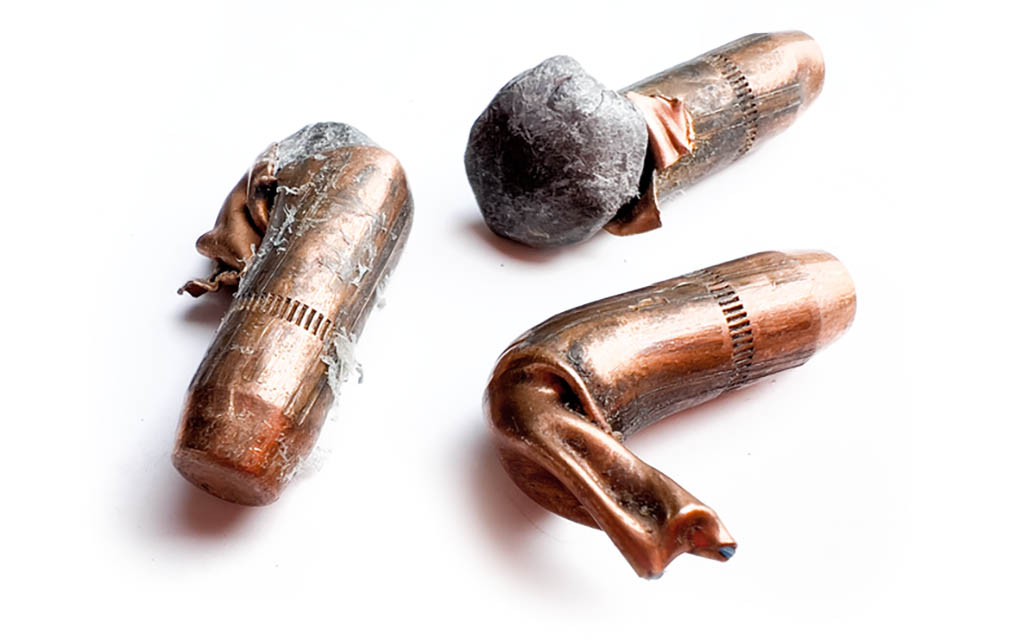

In .223/5.56 testing, rounds like the Hornady VMax cause dramatic and instantaneous cavitation in gel about an inch from entry, and at close range, this bullet is destroyed by steel doors, heavy hardwood doors and sheet metal. However, it also has a bit of a struggle with deep penetration, as it isn’t really meant for that sort of use.
As you climb the ladder of rifles, you really begin to take overpenetration risks. Larger rifle rounds are just that and can retain massive amounts of energy. The .308 Win, 7.62x39mm, .300 Blackout and really any of these rounds are able to not just penetrate simple interior walls, but also bust brick and blocks, too. Tougher hunting bullets can be very difficult to stop and present a danger to other people in the building and outside.
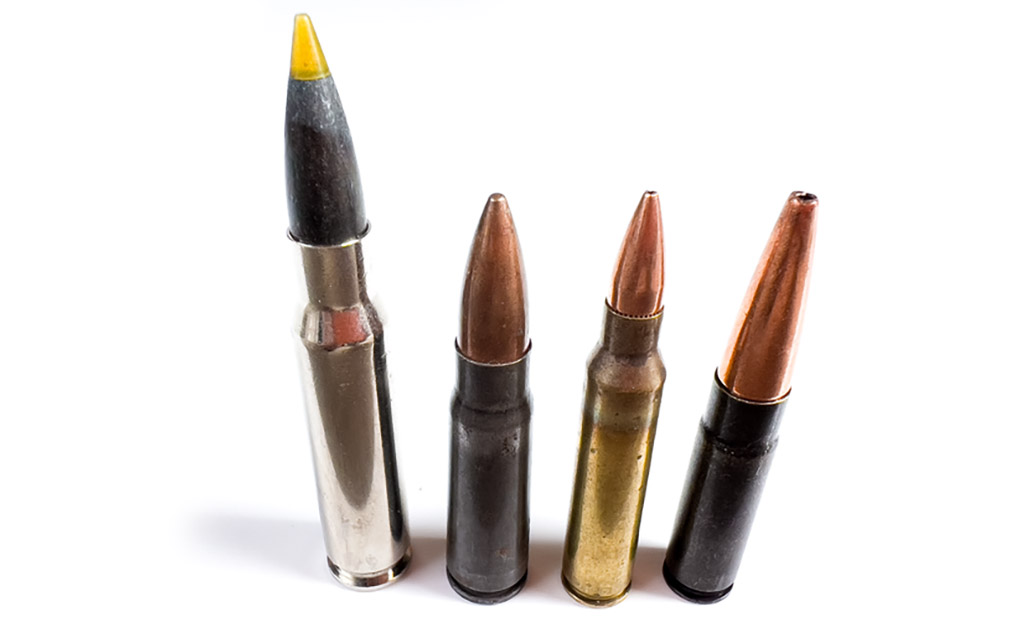

I’m not saying you shouldn’t use what you have, but at least consider your home environment before you load up a bunch of 123-grain FMJs in your home-defense AK; these will probably be paying your neighbor a visit if in any apartment or condo residence. Commercial soft-point bullets offer a degree of reduced collateral damage, but don’t count on it.
The Bullet Paradox
An interesting point of discussion is how to make a bullet stop in a wall and a bad guy while doing little damage to the former and lots to the latter. The simple answer is that there’s no such bullet that currently exists because there’s no school of thought that has the correct answer.
We see this in the hunting world often: Is a bullet that stops under the skin on the opposite side a better bullet than one that passes completely through? The former camp believes that the bullet will dump all of its energy into the animal, but in doing so how does one predict at what range and what angle is ideal to deliver said energy? Likewise, if a bullet exits, then it has “wasted” its potential energy delivery to keep flying into the sunset. Well, both camps want something impossible to achieve, as you’ll notice is the pattern here.
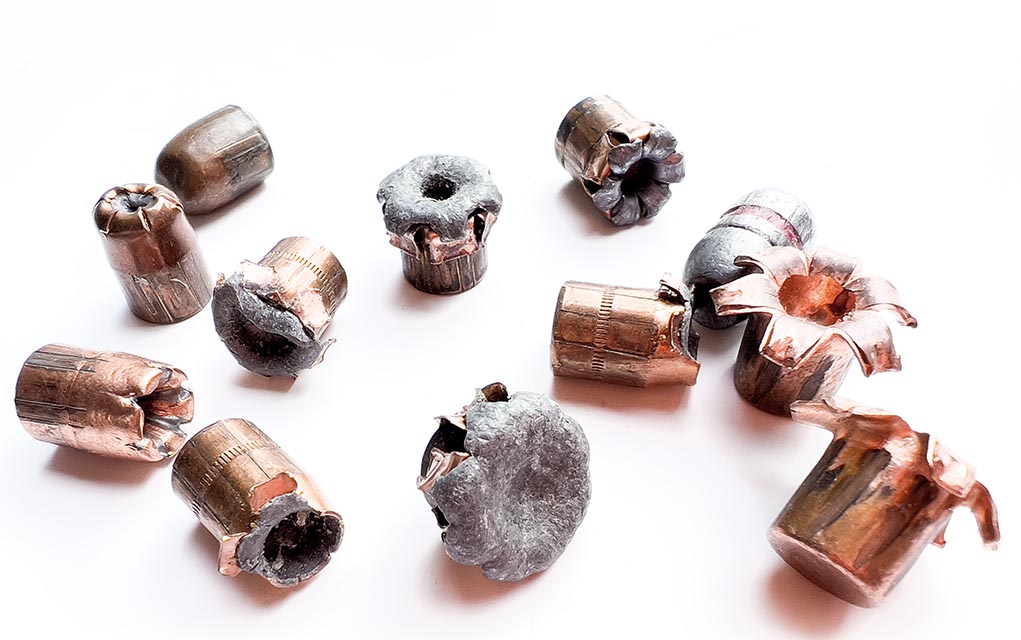

You can’t have it all; Schrödinger’s bullet is one that delivers all energy without gambling on penetration; you simply can’t have both and stay within the laws of physics. Either you never exit and deliver all energy or exit and have superlative performance beyond your target. We’re asking an impossible question of a small piece of metal here—keep me and my loved ones at no risk while being of the highest risk to an attacker. At a point, there’s an unacceptable medium in which your bullet will have to be at least somewhat dangerous to your loved ones to be mostly dangerous to your attacker. That’s where muzzle control comes into play.
How can you pick the best bullet to kill an attacker in your daughter’s room, knowing your son’s room is directly behind hers? See, it certainly makes the call much tougher because now we’re not just talking about abstractions like drywall and impact angle.
The hardest part to swallow about this is that there’s no such thing as a perfect bullet for home defense. What you’re looking at is risk mitigation, not risk prevention. You’re basically looking at a bullet that’s easily slowed by common materials to a point of non-lethality, and, friends, I have yet in all my time evaluating bullets and ammunition to find a bullet that I could make stop 100 percent of the time. Even under ideal circumstances, which a home invasion certainly is not, you can’t say with certainty that a given bullet in an individual circumstance won’t manage to go through three interior walls, or even four.
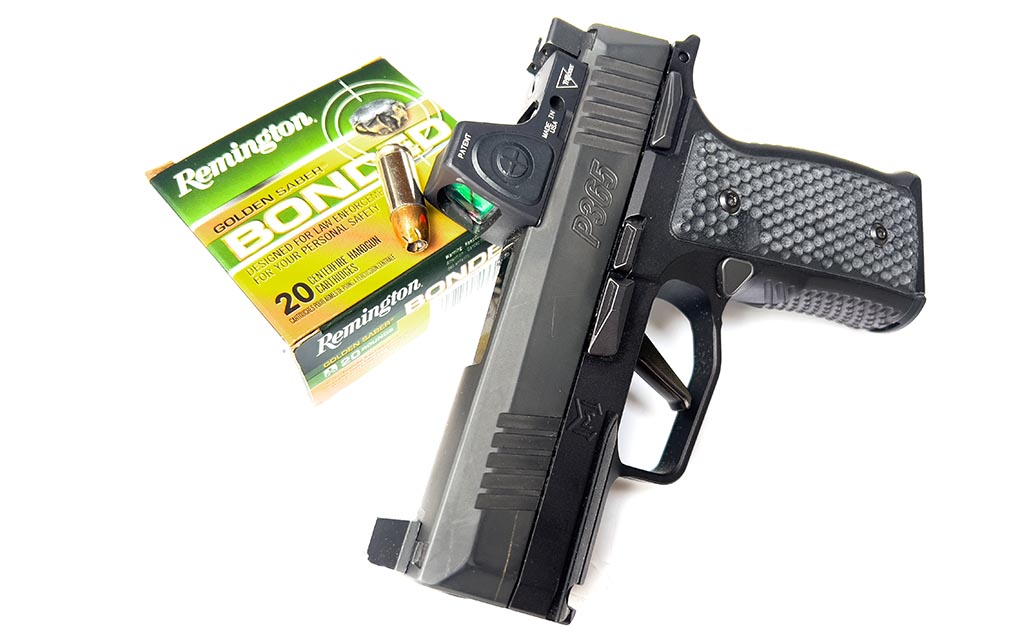

Weird things happen at high speed and, at a point, random chance becomes a major determining factor in everyone’s safety. Experts and scientists hate to acknowledge God’s hand and yet there it is, always present every time you pick up your gun. In the hunting world, many people swear by a type of bullet; others spit on it.
I think you can see where I’m going with this. Nothing man-made is ever going to give you the results you desire in every circumstance. So, in knowing that, you must then ask yourself just how much risk you want to assume to those things you care about most inside your home. I can’t tell you that on these pages—that’s between you and whoever you pray to.
Editor’s Note: This article originally appeared in the April 2024 issue of Gun Digest the Magazine.
More Home Defense Know How:


Next Step: Get your FREE Printable Target Pack
Enhance your shooting precision with our 62 MOA Targets, perfect for rifles and handguns. Crafted in collaboration with Storm Tactical for accuracy and versatility.
Subscribe to the Gun Digest email newsletter and get your downloadable target pack sent straight to your inbox. Stay updated with the latest firearms info in the industry.


